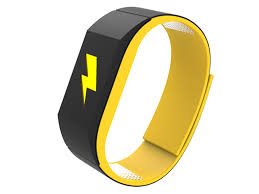With the news of the Pavlok wristband which conditions wearers into good behaviour by using shock therapy, Liviu Itoafa, security researcher at Kaspersky Lab responded below.
Liviu Itoafa, security researcher at Kaspersky Lab
“Following the news of the Pavlok wristband which conditions wearers into good spending behaviour by using shock therapy, it is important to factor in the security implications of such wearable devices. Wearables face the same security threats as traditional computers. In fact, innovative devices are sometimes even more susceptible to traditional threats. Perhaps even worse yet, in time, these devices will face innovative threats.
According to reports, the device can link to a customer’s bank account, which could leave the door open for cybercriminals to access bank details. Wherever devices are used, whatever the technology they’re based on, all mobile endpoints that can connect to a network need to be fully secured by the developer ahead of use.
Security must be considered as a layered approach. Every layer needs to be secured in order to protect user data. From a business point of view, it also poses a risk should it be connected to the corporate network, and as a further extension of BYOD it needs to be seen within the same overall process. In light of this, companies should review their security strategy to include WYOD. This includes assessing the benefits this technology might bring, and determining the risks and putting in place a strategy to manage it, such as mobile security policies that not only overcome complexity and protect against malware, but also allow for simple human error, loss and theft.”
The opinions expressed in this post belongs to the individual contributors and do not necessarily reflect the views of Information Security Buzz.



